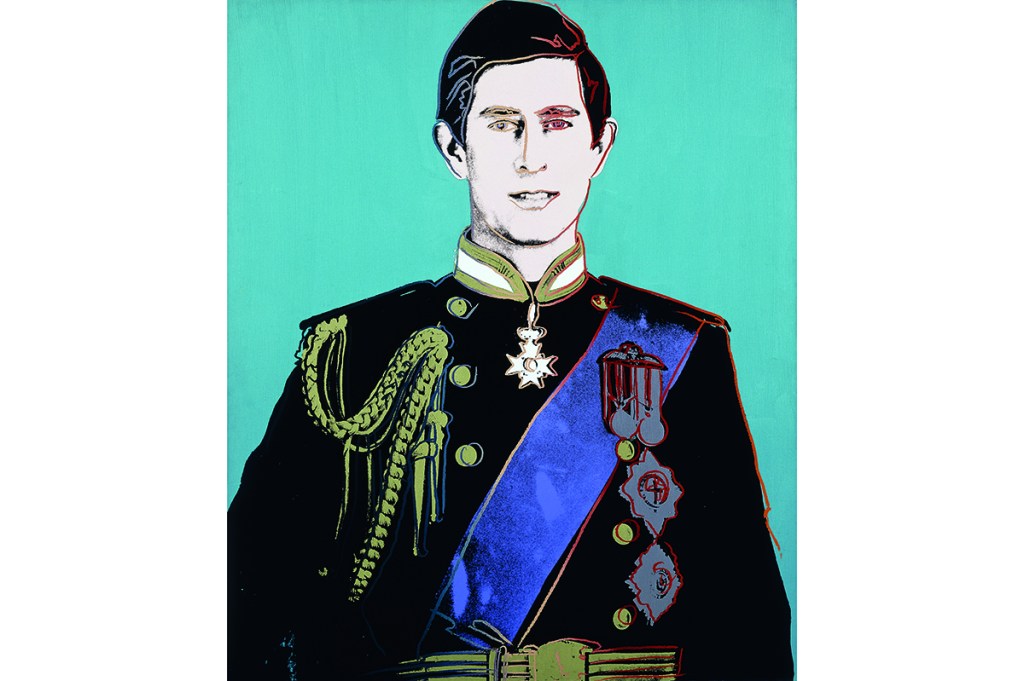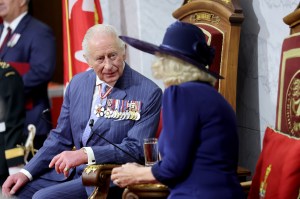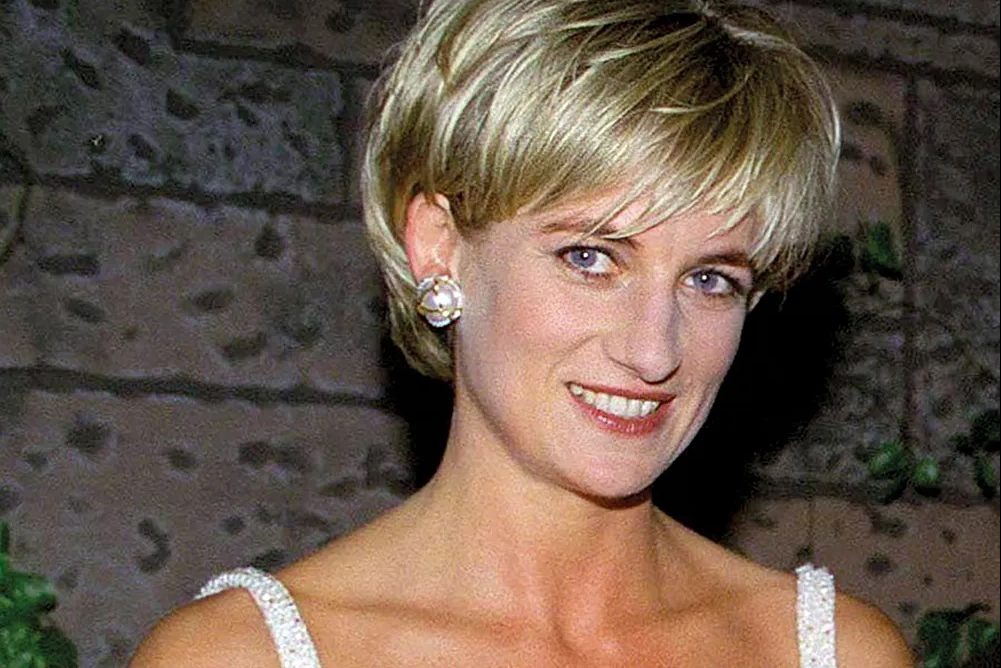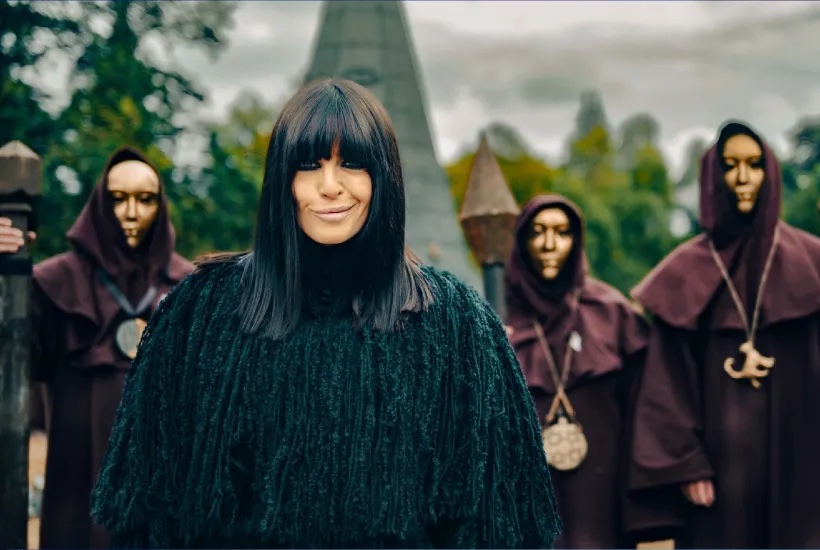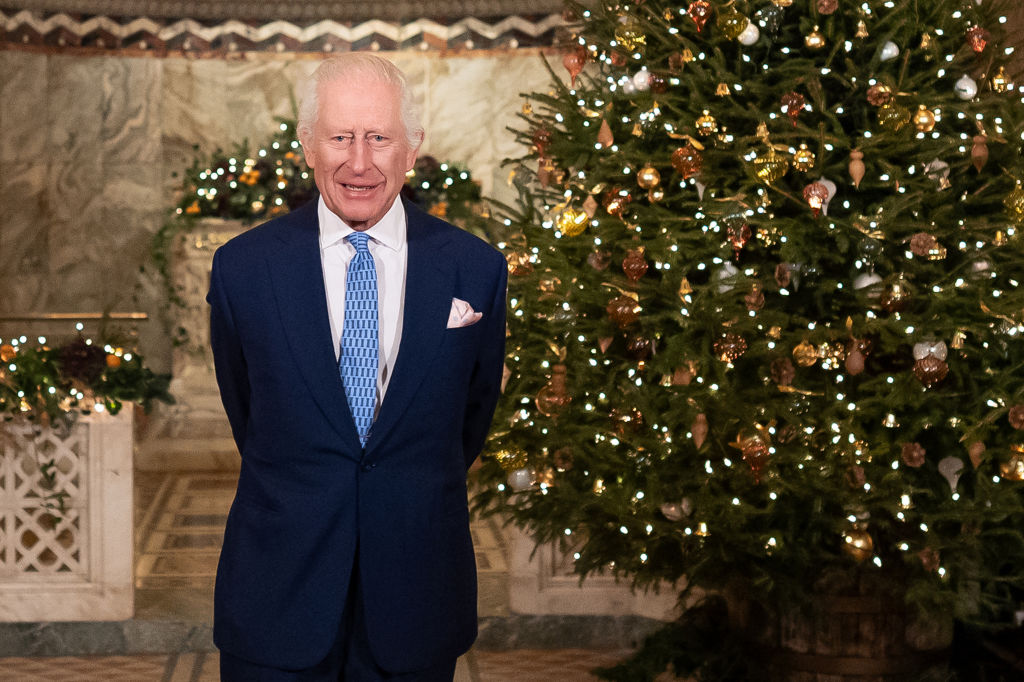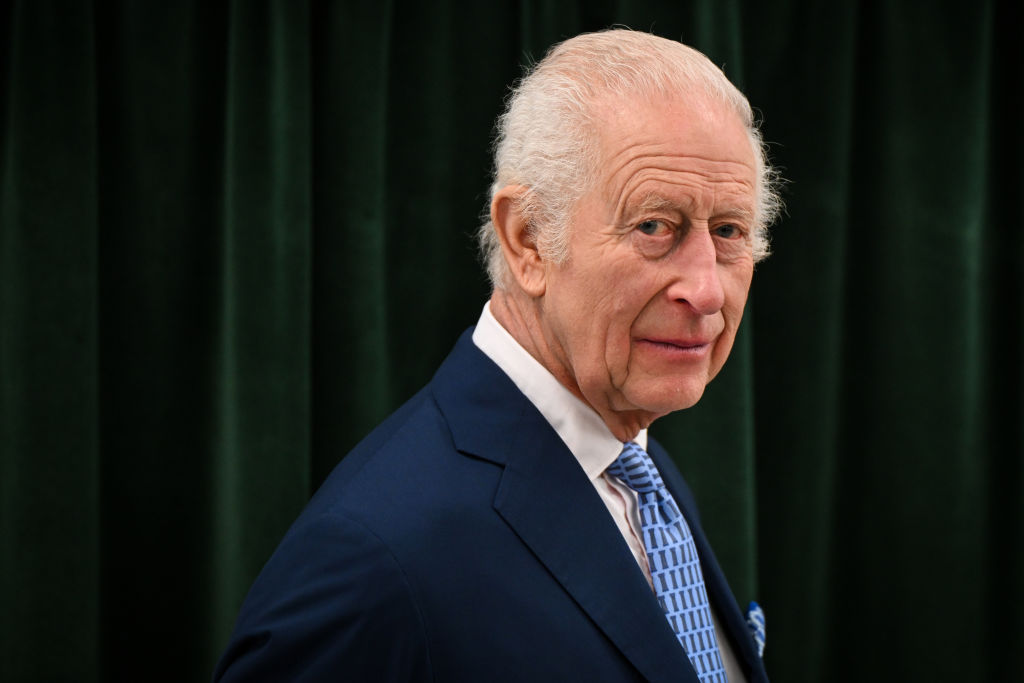In 1988, Prince Charles asked the late Peregrine Worsthorne, then editor of the Sunday Telegraph, what he should do in public life. Perry told Charles he should restrict himself to public duties and never ever air his private thoughts.
The prince buried his head in his hands, moaning, “But then I’m just a cipher.”
And that, indeed, is what he has just become, as King Charles III. At the end of September, his cipher — the symbol of his reign — was unveiled. The elegant combination of a C, an R (for Rex) and the Roman numeral III come together to symbolize King Charles III. In time, the cipher will appear on government buildings, state documents and new postboxes.
Perry Worsthorne was right all those years ago. How much better if King Charles had followed the impeccable example of his own dear Mama and never given an interview — particularly the infamous 1994 one with the journalist Jonathan Dimbleby, in which he confessed to adultery.
How much better still if poor Princess Diana hadn’t been fraudulently lured into giving her 1995 “three of us in this marriage” BBC Panorama interview to Martin Bashir. It had an extremely corrosive effect on the reputation of the British royal family — exacerbated, of course, by Diana’s tragic death in 1997.
It was particularly unwise of Prince Charles to give that interview, given his thin skin. Former Daily Telegraph and Evening Standard editor Sir Max Hastings says Charles doesn’t read any newspapers for fear of finding anything critical in them. Why speak out, then, if you can’t face the criticism that often follows with anyone in the public eye?
We saw two flashes of that thin skin during the official events after the death of the Queen. They both, extraordinarily enough, involved pens.
“I can’t bear this bloody thing… every stinking time,” the new King moaned as his pen leaked when he signed the visitors’ book at Hillsborough Castle, Northern Ireland. Only three days before, the flustered King twice asked his aide to take away a silver penholder that was in his way when he signed documents at his official accession at St. James’s Palace.
The vast majority of the British population believe that Charles III behaved in an immaculate way in the weeks after his dear Mama died. With considerable grace, he combined personal mourning with the extremely heavy burden of public mourning — and the public rituals required in all four constituent nations of the United Kingdom.
Still, those pen outbursts did chime with earlier examples of his demanding nature. The famous tales — of his valet squeezing the toothpaste onto the royal toothbrush; of Charles having six eggs, each boiled for different lengths of time, waiting on the dining table when he returned from the hunting field — are untrue, cruel legends. But other stories of his precise demands are true.
Hastings writes: “If it had become publicly known that some other rich eccentric such as Howard Hughes had taken to carrying his own towels and lavatory paper to every house in which he stayed, as well as specifying in writing the texture and dimensions of the sandwiches he expected (both of which had become princely practices), it would be assumed that medical supervision could not be far off.”
But Hastings wrote that in 2002, three years before Prince Charles finally secured personal happiness by marrying his lifelong love, Camilla Parker Bowles. That happiness was bolstered by the late Queen’s announcement that she would be happy if Camilla became Queen Consort after her death.
And so it has come to pass. With no objection from the public now (as opposed to the extreme criticism she originally faced as the royal mistress) Camilla has become an instantly popular Queen Consort.
He is clearly much happier in her presence. And, having met her several times, I can see why. She is jokey, warm, self-deprecating, teasing, curious, clever and well-read. She is one of life’s troupers, rolling up her sleeves and getting on with things, as well as enjoying its funny moments. It’s no surprise that, during the second of those pen outbursts, at Hillsborough, Camilla stepped in and calmed the situation down instantly.
It helps that she has known him since they met at a polo match in 1970 — when they were both in their early twenties. She completely understands the shy, awkward soul he was then, and the childhood circumstances that went into forming that character.
Contrary to some claims, the Queen and Prince Philip were affectionate parents to Charles, even if they were occasionally exasperated by him in later life, as most parents must be by their children at some stage. But the Queen was dealing with one of the trickiest jobs in the world when she came to the throne in 1952, aged only twenty-five.
Prince Charles, then three, was bound to be affected by the attentions of the planet on his mother and on him, too. What made his mother such an exemplary queen — her devotion to duty — meant she was inevitably away from home for long periods. When she and Prince Philip went on a four-month tour of Fiji, Tonga, New Zealand and Australia, Charles was only five.
Yes, Princess Anne had a similar childhood, being less than two years younger than Charles. And she has a tougher, less introspective character than her brother.
But she, like Prince Andrew and Prince Edward (both born over a decade after Charles), didn’t have their destiny waiting for them, decades ahead, over the horizon at some undetermined moment.
And they didn’t have the difficult schooldays Charles had at Prince Philip’s alma mater, Gordonstoun. Charles was bullied at the Scottish school — and clearly his sensitive soul wasn’t suited to an establishment designed to embrace the robust virtues of an old-fashioned, austere, boarding-school education.
Trinity College, Cambridge, was a slightly better fit for the young Charles but there was always the suspicion he wasn’t quite up to the task intellectually. He only got a B and a C in his history and French A-levels — and a 2:2 in history, archaeology and anthropology in his finals.
And then came the catastrophe — for both of them — of his marriage to Diana. She is said to have regretted it from day one. He retreated into himself and his inner circle, and revived his affair with Camilla Parker Bowles. His thin skin grew thinner.
But that was over thirty years ago now. We all change over time — and most of us do less, or retire, as we get older. Prince Charles was in the odd position of doing more and more as he prepared for his life’s destiny.
And now the early signs are that kingship suits Charles III — that it will do much to iron out the remaining awkward kinks in his character. Of course, he was devastated by his mother’s death. But there was something in his subtle resolve in the days after his loss that showed how good a fit the crown would be for his head.
He has spent seventy-three years training for this job — he was older than any other British monarch when he came to the throne. And he was Prince of Wales for sixty-four years — longer than any other prince. He himself is said to have declared, “Nobody but me can possibly understand how perfectly bloody it is to be Prince of Wales.” In fact, he was extremely good at the job.
The income of the Duchy of Cornwall soared under his aegis. He wisely bought a house in Wales, unlike his predecessors in the job — and rather than buying a grand schloss, he plumped for a modest if handsome farmhouse in Carmarthenshire.
The ventures for which he has often been castigated tended to prosper. He was ahead of his time in selling organic food, Duchy Originals, from his Highgrove estate in Gloucestershire. While he was mocked for supposedly talking to his flowers, he again was way ahead of the curve in his early, keen advocacy for environmentalism. Architects attacked him for his traditionalist views on modern buildings but he was usually right: the proposed extension to the National Gallery was indeed, as he said in 1984, a “monstrous carbuncle on the face of a much-loved and elegant friend.” Its replacement — the Sainsbury Wing, an elegant essay in modern classicism — has survived the test of time, even if its interior is about to undergo a big refit.
It’s true that some of those ventures brought collateral damage. It was hypocritical of him to argue against climate change while taking private jets all over the place. While it was admirable of him to save Dumfries House, and its exceptional collection of Chippendale furniture, he flew close to the wind in accepting donations in the unsightly form of cash stuffed into plastic bags. Here’s hoping his former valet and righthand man, Michael Fawcett, has been permanently cast into exile from court after his overenthusiastic fundraising activities. But each time the overarching cause was worthwhile and its worth explained — if it didn’t justify — some of the blunders that accompanied it.
Above all, the Prince’s Trust vindicates Charles’s time as Prince of Wales. Entirely his idea, and initially funded in 1976 by his payoff on leaving the Navy, it has done exemplary work in helping young people from eleven to thirty in getting their lives on the right track.
Prince Charles, too, has been accused of meddling in politics, particularly with his infamous “black spider” handwritten letters to government ministers. In fact, there is no hard and fast rule on what monarchs and their heirs should do in conjunction with their government. Still, it’s hard not to think that the ideal path was set by the Queen’s example — never interfere, except in the most subtle way (viz her suggestion in 2014 that Scots should “think very carefully” about how they should vote in that year’s independence referendum).
Prince Charles always knew he would be restricted in what he could do or say once he was king. In a 2018 interview to salute his seventieth birthday, he was asked if he would be an activist king.
“I’m not that stupid,” he said. “You can’t be the same as the sovereign if you’re the Prince of Wales or the heir. But the idea somehow that I’m going to go on in exactly the same way if I have to succeed is complete nonsense because the two situations are completely different.
“You only have to look at Shakespeare plays— Henry V or Henry IV part I and II— to see the change that can take place. Because if you become the sovereign, then you play the role in the way that it is expected.”
And he reiterated that message in his first speech as monarch, when he acknowledged that “it will no longer be possible for me to give so much of my time and energies to the charities and issues for which I care so deeply.”
That reference to Shakespeare is another welcome side of the King’s character. Monarchs haven’t always been known for having a cerebral side. King Charles may be no intellectual. But he clearly does have a questing mind; a desire to know more. As Prince of Wales, he backed the study of classic poems and literature at school. He held regular literary weekends with leading writers at Sandringham — and, from there, took extensive tours of Norfolk churches with the local expert, the late Lady Harrod.
Most monarchs are more interested in shooting pheasants (which King Charles does enjoy, too) than in examining rare rood screens. It is a boon to have an artistic soul on the throne, not least one who paints rather well, contrary to the predictable, mean-spirited attacks on him for his chocolate-box watercolors.
King Charles III will well know the line Henry IV says in Henry IV, Part II: “Uneasy lies the head that wears a crown.”
Yes, Prince Charles was an uneasy Prince of Wales. But the signs are that, after the longest training scheme in history, he will wear the king’s crown with grace and dignity.
This article was originally published in The Spectator’s November 2022 World edition.



